Your cart is currently empty!
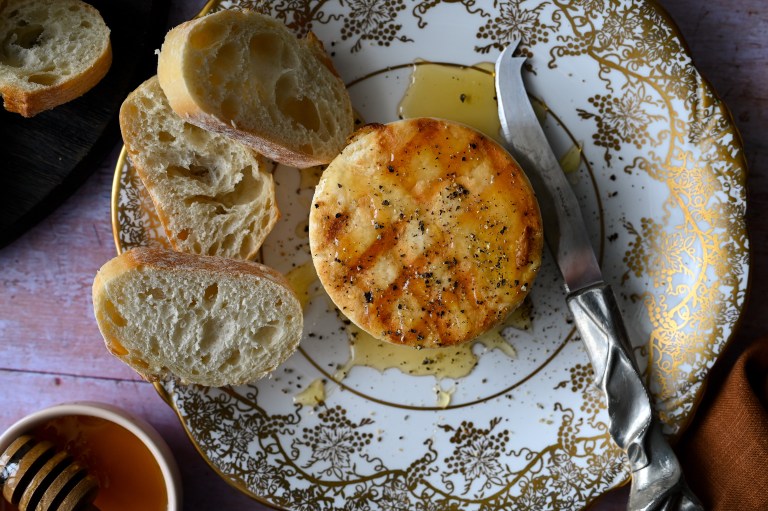
Taking the guesswork out of Greek cooking…one cup at a time

Lalagia are savory, oval shaped rings of fried dough, a traditional Greek recipe popular in Messinia.
For many families, Christmas brings special traditions and special recipes. Whether it is pannetone, fruitcake, plum pudding, or tourtières, what makes these limited edition foods extra meaningful is that they are often only made during the holidays; a time of gatherings, joy and celebration. In our family, the traditional Christmas Eve treat is lalagia; savory, oval shaped rings of fried dough. We know, we know….we had you at fried dough. For our parents, making lalagia brings them back to their own childhoods. On the day before Christmas, the women in the villages where they grew up would gather to prepare this special, highly anticipated treat.
We realize that many of you (even Greeks) will have never heard of lalagia. Or maybe you have had something similar, which goes by a different name. Our parents are both from the Messinia region of the Peloponnese where lalagia are extremely popular and considered a local specialty. Yet, even within this region of Greece, they are not found everywhere. Traditions, customs, and of course recipes, vary from village to village and from family to family.
Although especially common during Christmas, when folklore claims that they ward off evil elves and evil spirits, across Messinia lalagia are available in bakeries year-round. In fact, during the summer in Kalamata there are vendors who sell their freshly made lalagia right on the beach. Sigh. So, if you are unfamiliar with lalagia, this is the year to make their acquaintance. Trust us. You’ll be happy you did.
Helpful hints:
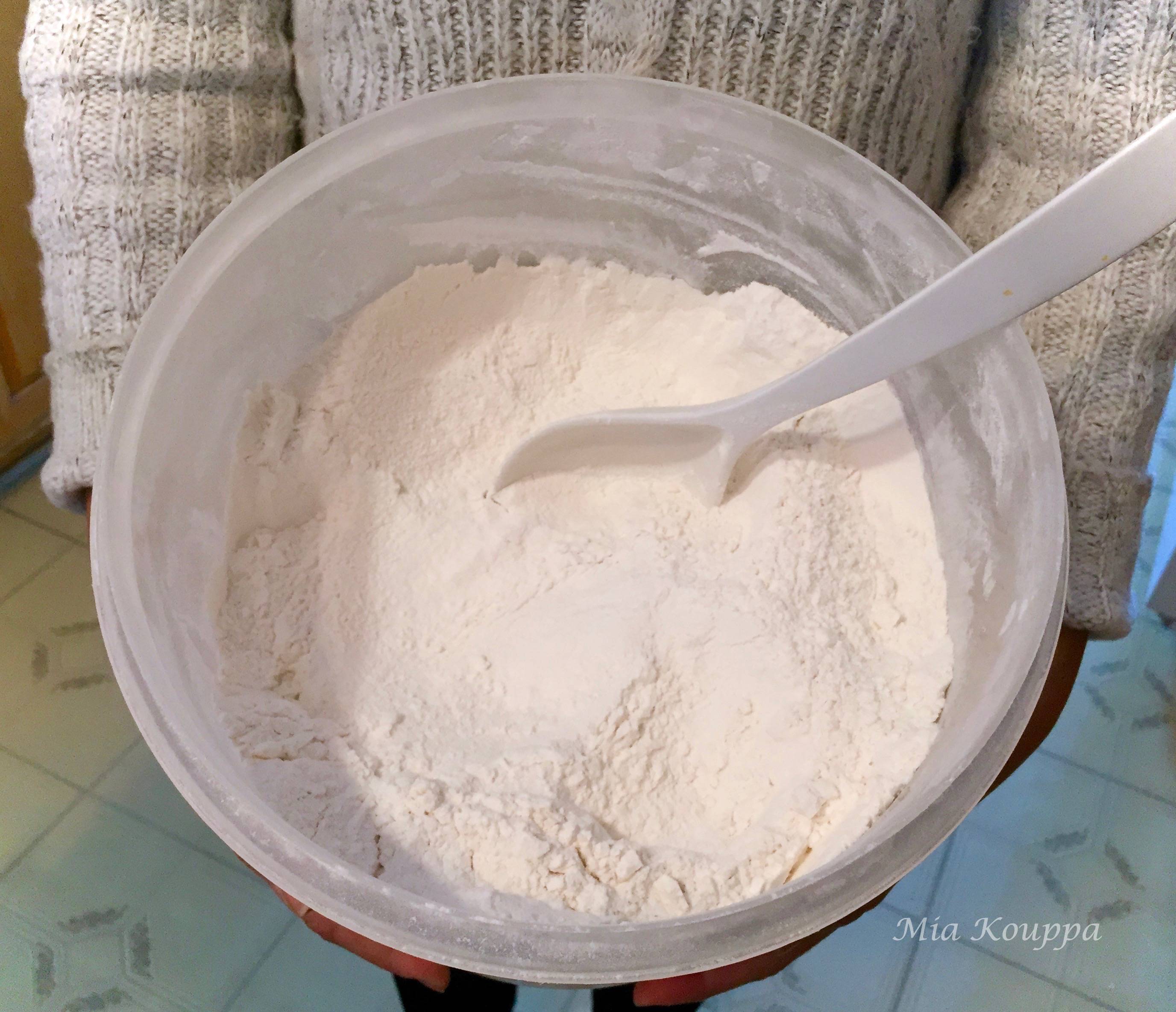
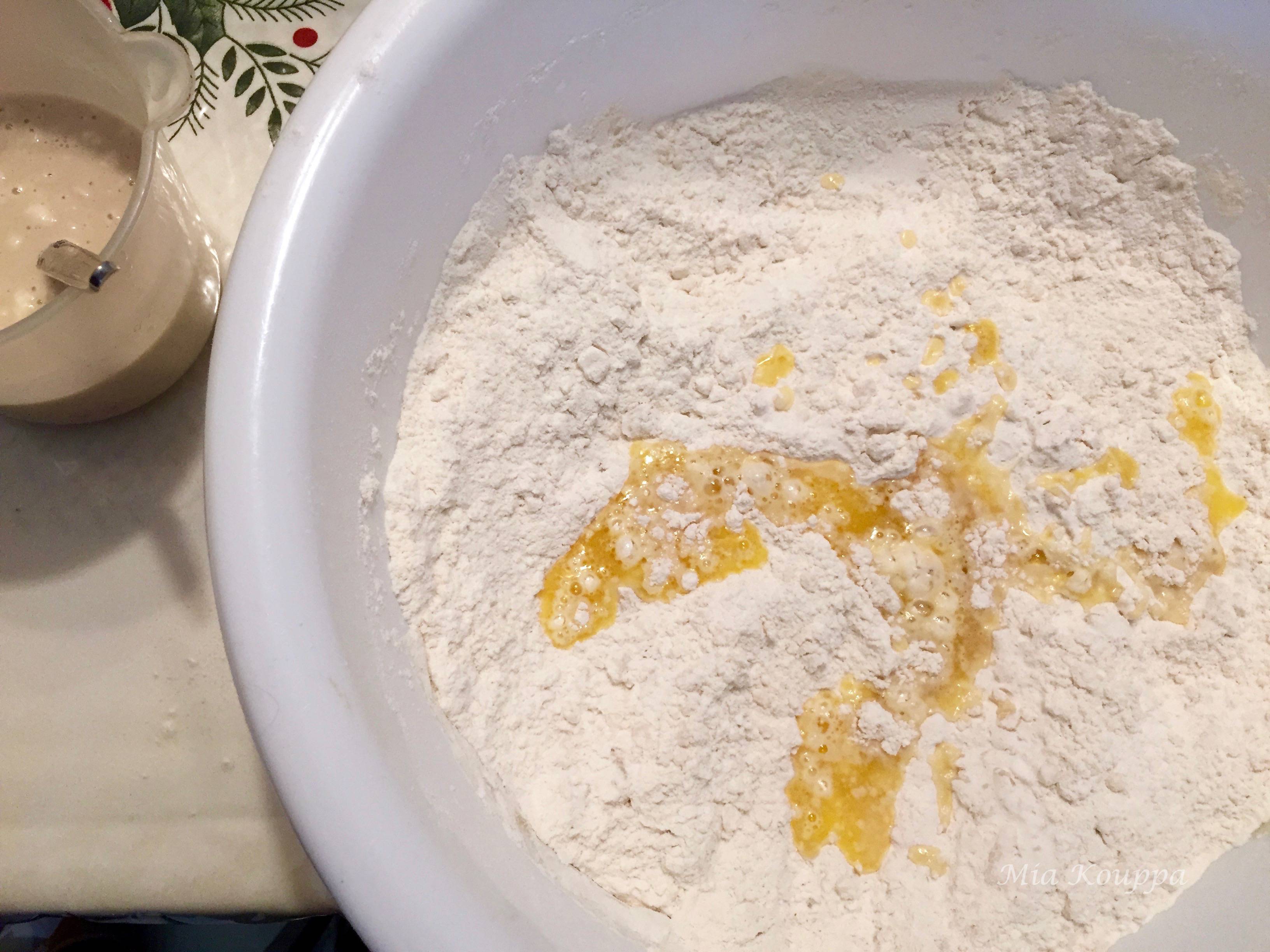

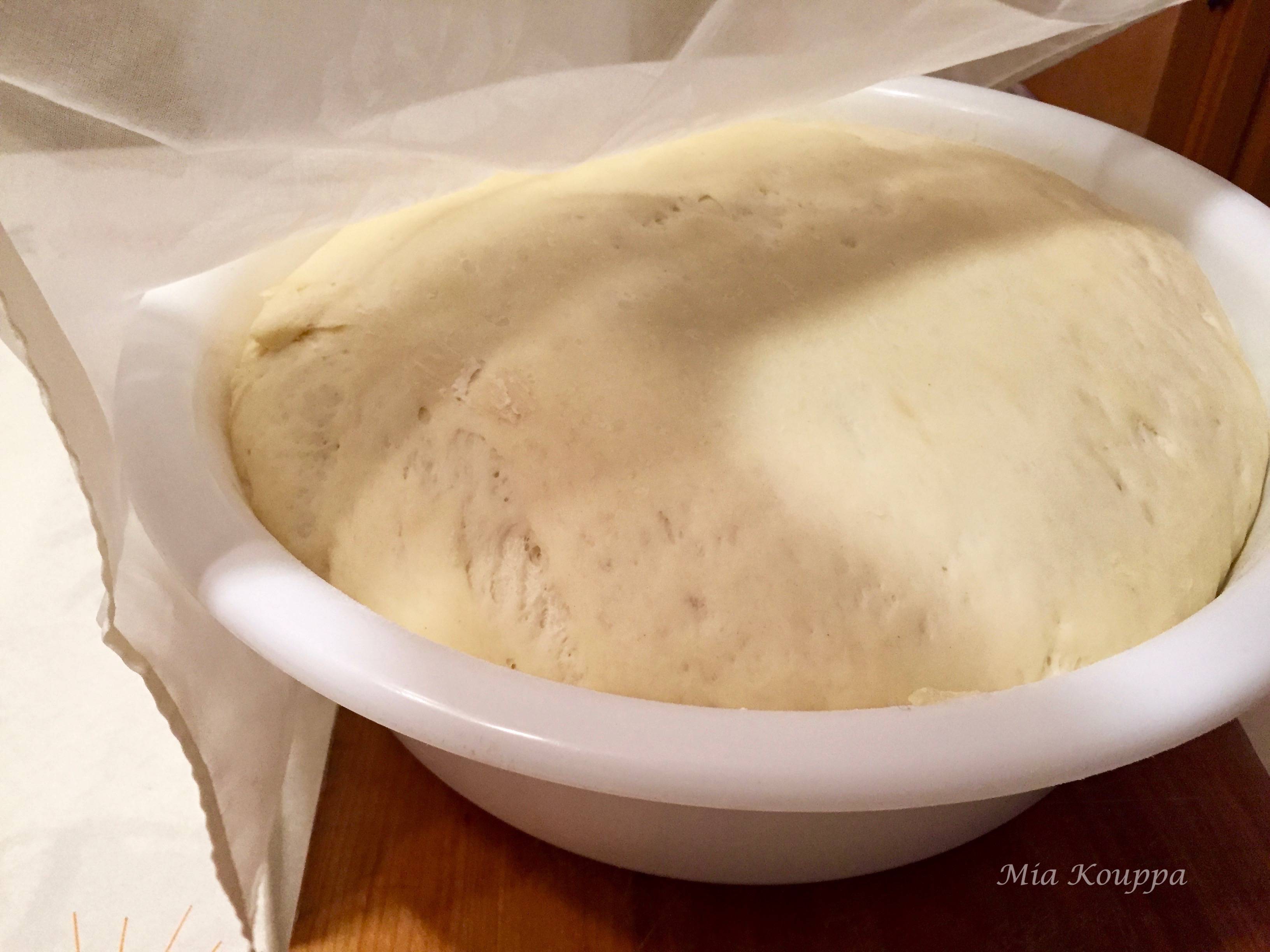
Although lalagia keep fresh for several days in a sealed container at room temperature, (or even longer in the refrigerator), they really are best when they are eaten the day they are cooked. Because they are quickly fried, you end up with a crispy exterior and a soft, pillowy, interior. There are no words to accurately describe how perfect they are, except, perfect.


The oil you use to fry the lalagia should be hot enough that the lalagia dough puffs up almost immediately when slipped into the pan. If it is not hot enough, you will end up with something unnecessarily greasy.
There are several ingredients in this recipe, and many steps. Don’t let this turn you off of trying them though. Simply read through the ingredient list and directions completely before starting, which is actually good practice for any recipe.
You can eat lalagia all on their own, dipped into your coffee, or standing in front of the refrigerator wondering what you will make for supper. But, when you pair lalagia with a good hunk of Greek feta cheese, you may actually hear angels sing. This pairing is a bit of a performance art. Carefully tear off a bite-sized piece of the lalagia, and use it to press into your feta. The feta will crumble and stick to the cut end of your lalagia. Pop into your mouth and wonder where this recipe has been your whole life.
Looking for some more holiday recipes? Try these!
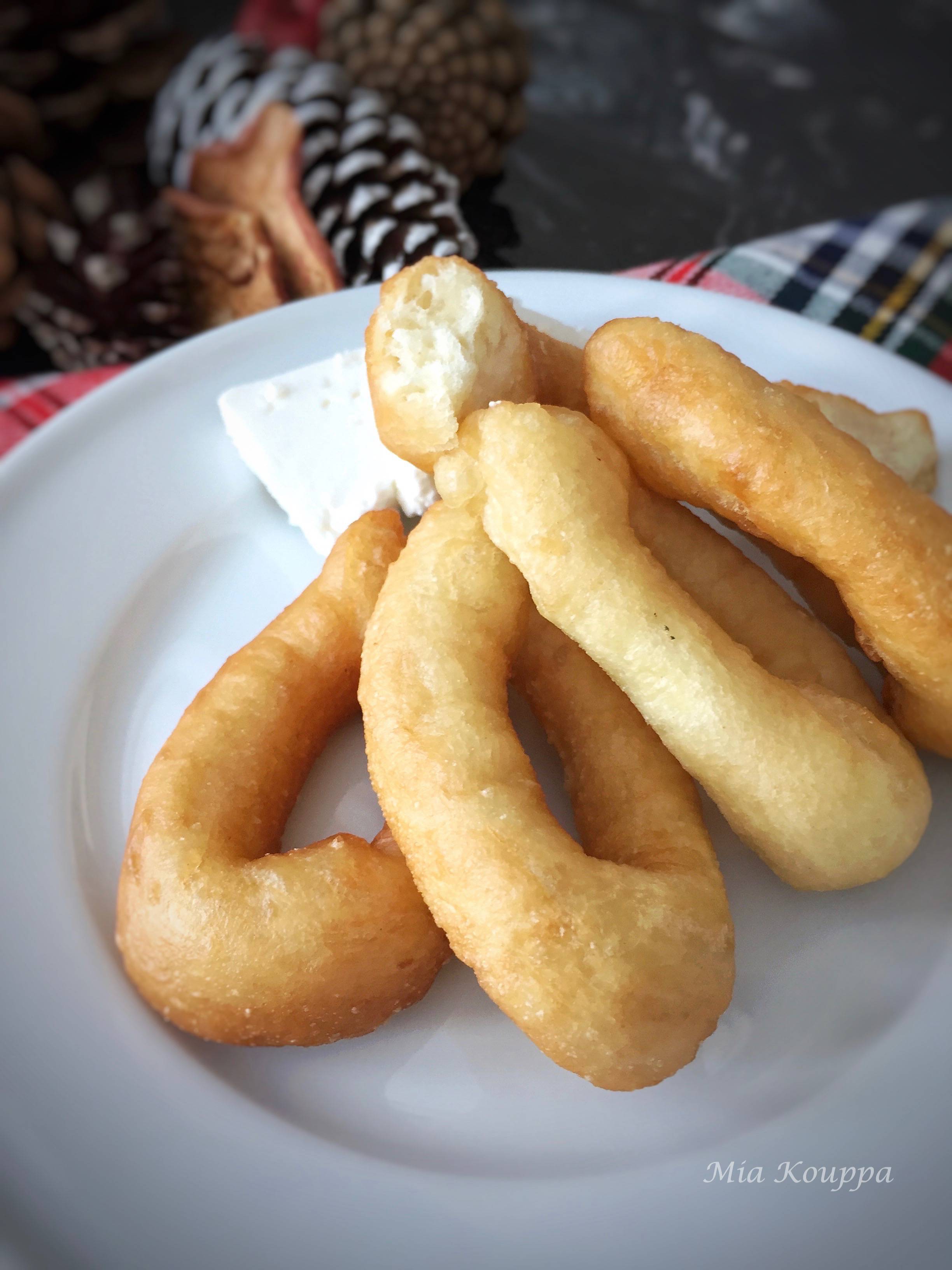
We love hearing from you! If you have made our recipes, or if you have a question or comment, or simply want to say Hi!, please leave a comment and star rating below! Also be sure to follow along with us, on Facebook, Instagram and Pinterest. We have lots of fun over there.
This post may contain some affiliate links, which means that we make a small commission off items you purchase at no additional cost to you.

[…] Although many of these unique regional dishes are well known (think kalitsounia from Crete or lalagia from Messinia), others are so local that they are known only to isolated villages. The recipe […]
So few people know of lalagia! They are my favourite treat during the holidays. Your recipe differs from the one I have, but I am certain they are equally as yummy!
Thank you!! And we agree, they are not a super popular item but we look forward to them every Christmas. These, with a nice hunk of feta make a fantastic breakfast 🙂
My family is also from the Peloponnese (outside Sparta, town called Petrina) and we call then lalagides! I don’t think my yiayia made it with this aromatic-style water, but there was definitely a pro rip-and-squish with the good feta action going on! Our yiayia’s recently passed and I hope to make these for the holidays this year!
Hi Vikki, our deepest sympathies on the loss of your yiayia. We hope that you do find our recipe as delicious as the one your yiayia made, and we will think of both of you as we, on our end, rip and squish our lalagia with feta this year 🙂 xoxo Helen & Billie
Merry Christmas Helen & Billie. One set of yiayia’s comes from Sparta and other yiayia came from a mountain village, Elivrou. All are no longer with us, but for the first time made these delicious squish dunking morsels into feta and was in total heaven!!! I also added some kalamata olives. A delightful touch and a pot of Greek coffee!!! Definitely a “heavenly morning”! I love ALL your recipes and will continue to try them all and add to my “always make” recipes. God bless you both.
Hi Kostantina! Thank you so much for your message! We are thrilled that you enjoyed the lalagia – such a special recipe!! We hope you continue to find much to love here 🙂 xoxo Helen & Billie
Helen and Billie, just to say a big Greek THANK YOU for the delicious Pastitsio recipe. I made it Christmas; so light, extremely delicious, and I thoroughly enjoyed your bechamel sauce…oh total Christmas perfection and a fabulous hit for all my guests!!! I love what you 2 do, keep creating such delicious recipes and I’ll keep making them. Thanks 4 making my 2020 enjoyable and delicious.
HAPPY and healthy NEW YEAR❣❣😇
Thank you Kostantina 🙂 How grateful we are to have been part of your Christmas celebration 🙂 So happy that you loved the pastitsio!! Thank you for your support, and THANK YOU for being here with us! xoxo Helen & Billie.
Oh how I miss these! I’ve been trying to make a gluten free version for over a decade.
They are an incredible treat! Have you had success with a gluten free version?
Not yet, but I’ll keep trying.
[…] 1. Lalagia (Greek Fried Dough Strips) […]
Leave a Reply